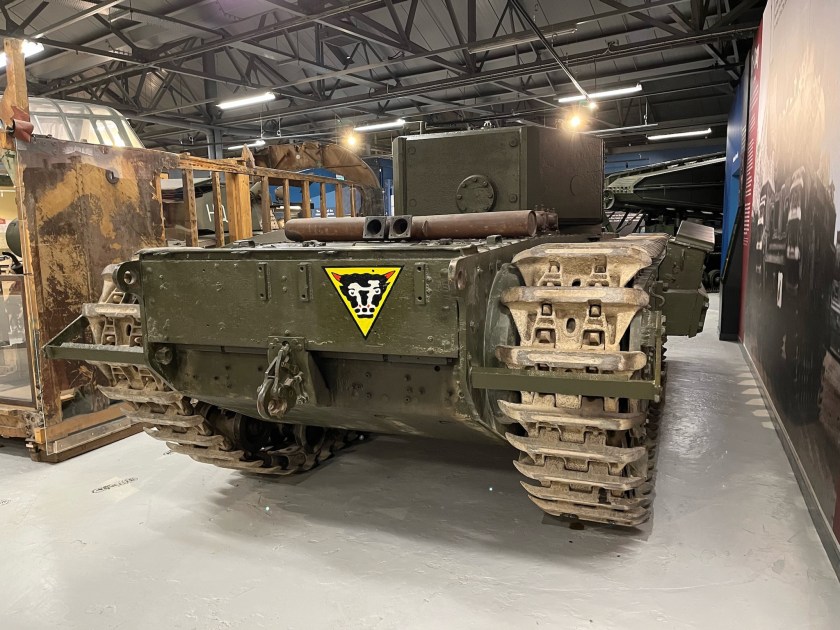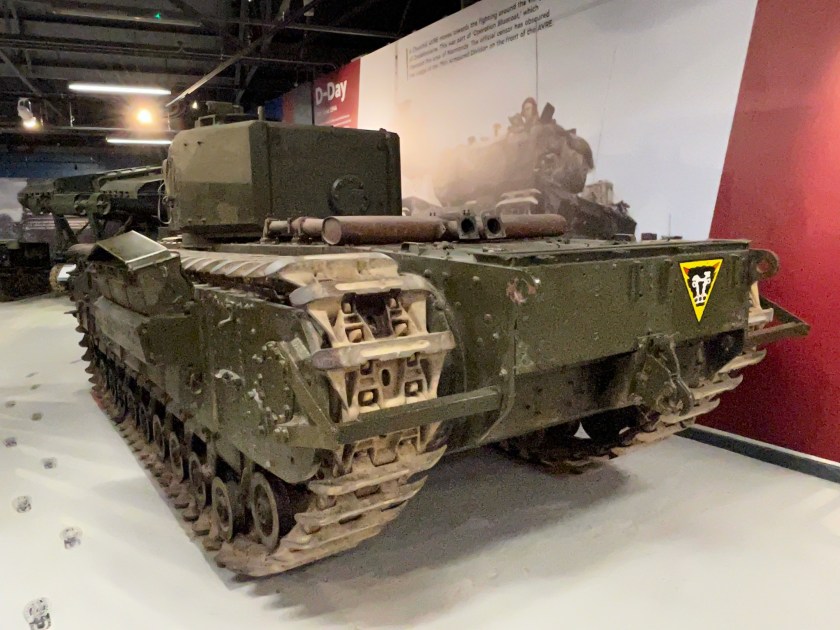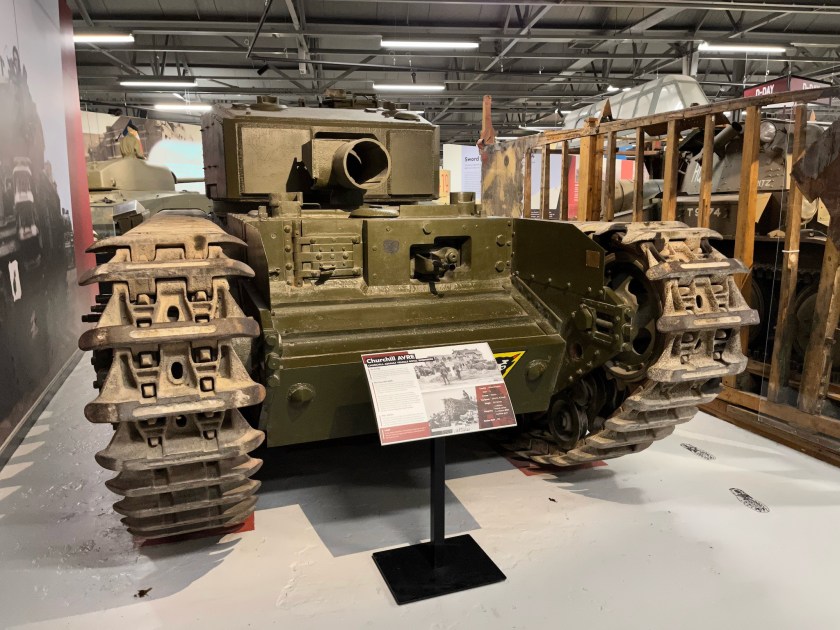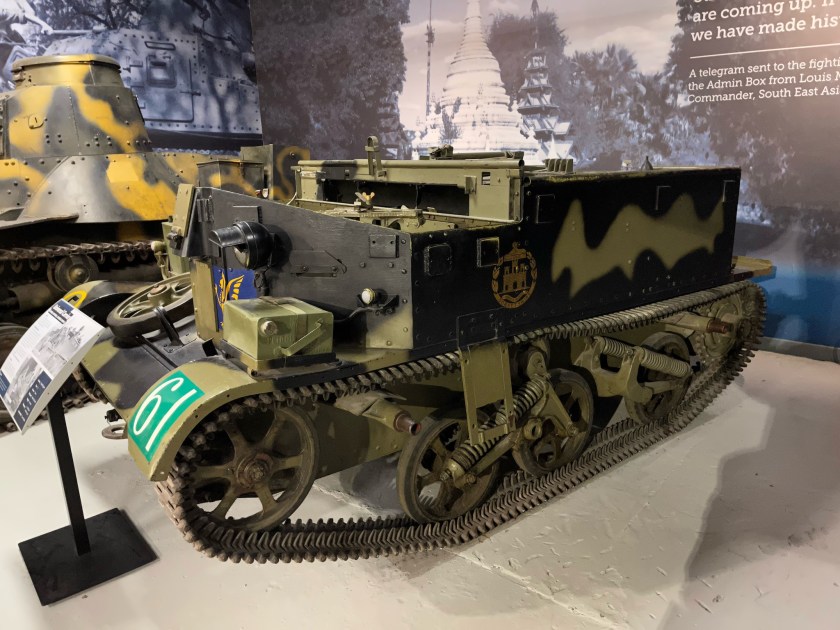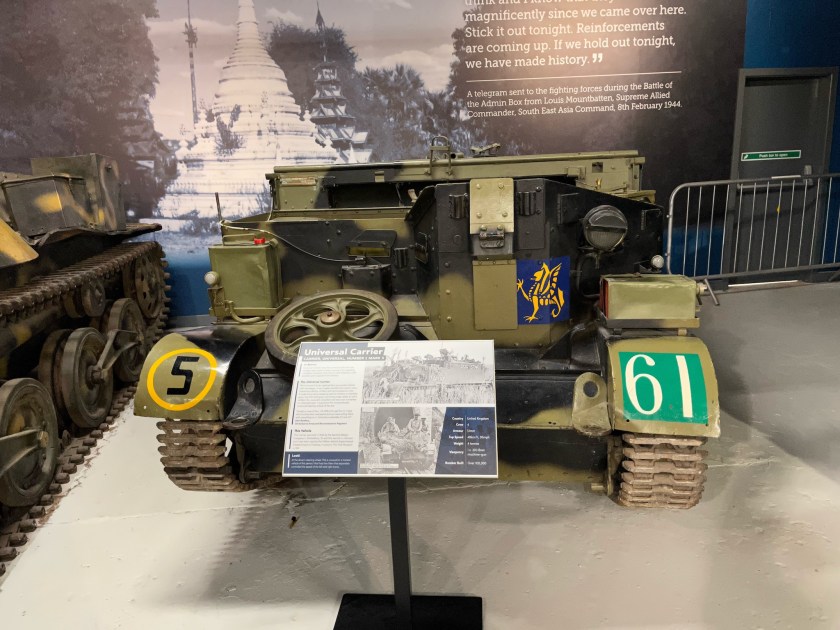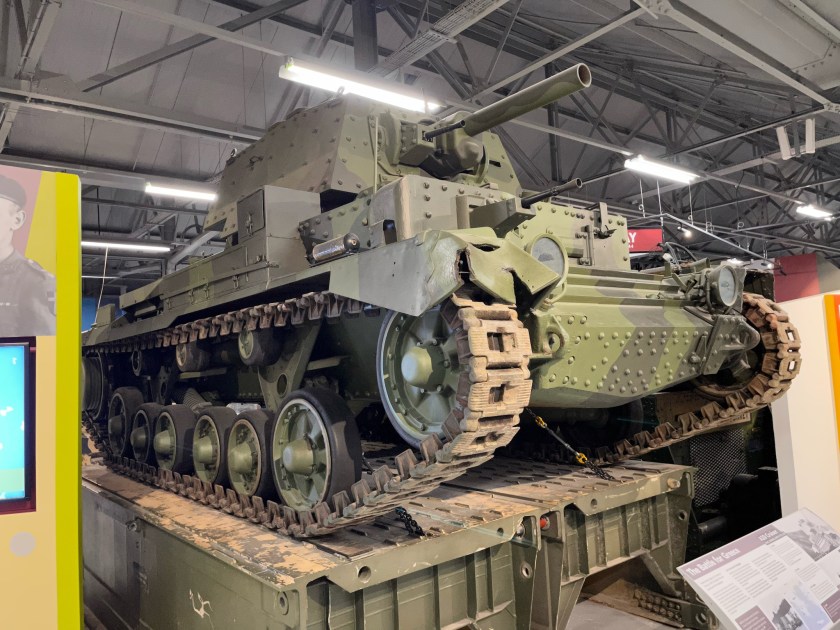This General Aircraft Limited Hamilcar and Light Tank Tetrarch combination were on display at the Tank Museum. Though only a section of the Hamilcar fuselage remains and was on display.
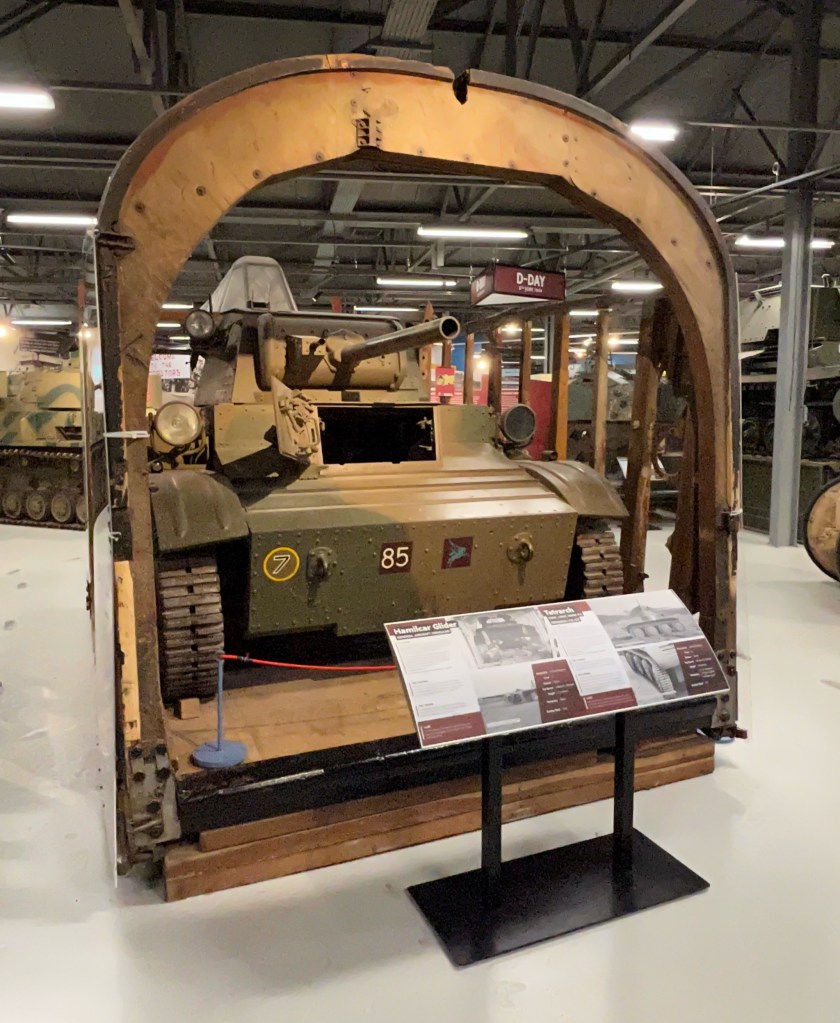
The Tetrarch light tank was a British tank produced in the late 1930s and used during World War II. It was the latest in a line of light tanks built by Vickers-Armstrongs for the British Army and featured a 2-pounder gun, an improvement over its predecessor, the Light Tank Mk VIC.
The Tetrarch was a relatively small and lightweight tank, making it ideal for airborne operations. In June 1942, the Tetrarch was attached to the 1st Airborne Division as an air-portable light tank to support British airborne forces. The tanks were transported and landed in General Aircraft Hamilcar gliders, which were specially designed for the task.
The Tetrarch played an important role in several airborne operations during World War II. In June 1944, approximately twenty Tetrarchs were used during Operation Tonga, the British airborne landings in Normandy. The Tetrarchs provided valuable fire support to the British paratroopers as they landed and fought their way inland.

The General Aircraft Limited Hamilcar was a large British military glider produced during World War II to carry heavy cargo, such as the Tetrarch or M22 Locust light tank. It was used only three times, all in support of British airborne forces.

The Hamilcar first saw action in June 1944, when approximately thirty were used to carry Ordnance QF 17 pounder anti-tank guns, transport vehicles, and Tetrarch light tanks into Normandy during Operation Tonga. In September 1944, a similar number of Hamilcars were used to transport anti-tank guns, transport vehicles, and supplies for airborne troops during Operation Market Garden. They were used a third and final time in March 1945 during Operation Varsity when they transported M22 Locust light tanks and other supplies.
The Hamilcar was successful in all three operations, although its slow speed and large size made it an easy target for anti-aircraft fire, resulting in a number of gliders being damaged or destroyed.



















